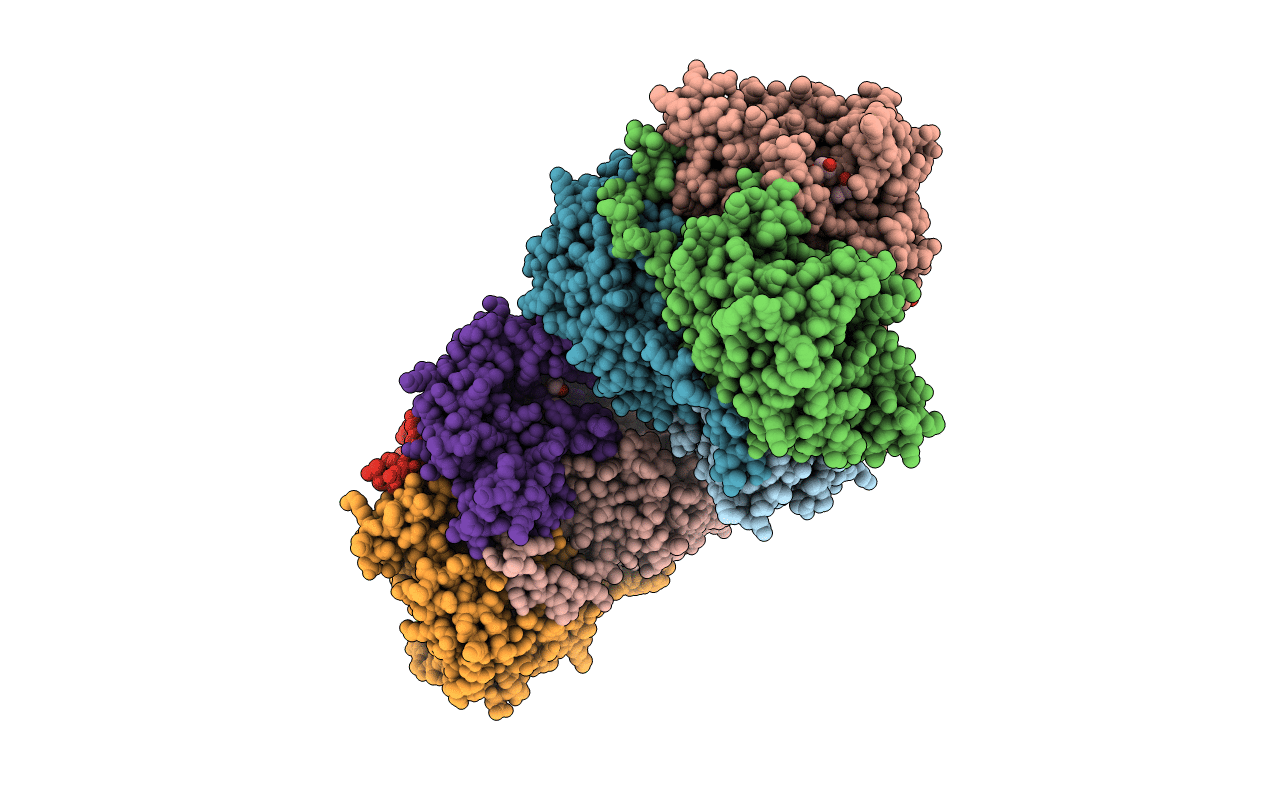
Deposition Date
2014-01-21
Release Date
2014-12-03
Last Version Date
2024-02-28
Entry Detail
PDB ID:
4OJN
Keywords:
Title:
Crystal structure of human muscle L-lactate dehydrogenase
Biological Source:
Source Organism:
Homo sapiens (Taxon ID: 9606)
Host Organism:
Method Details:
Experimental Method:
Resolution:
2.40 Å
R-Value Free:
0.24
R-Value Work:
0.21
R-Value Observed:
0.21
Space Group:
P 31 2 1


